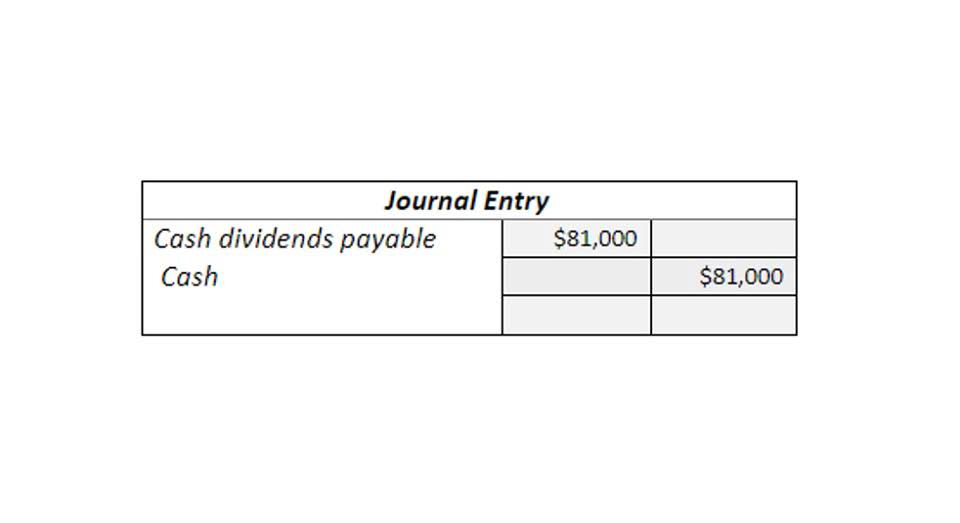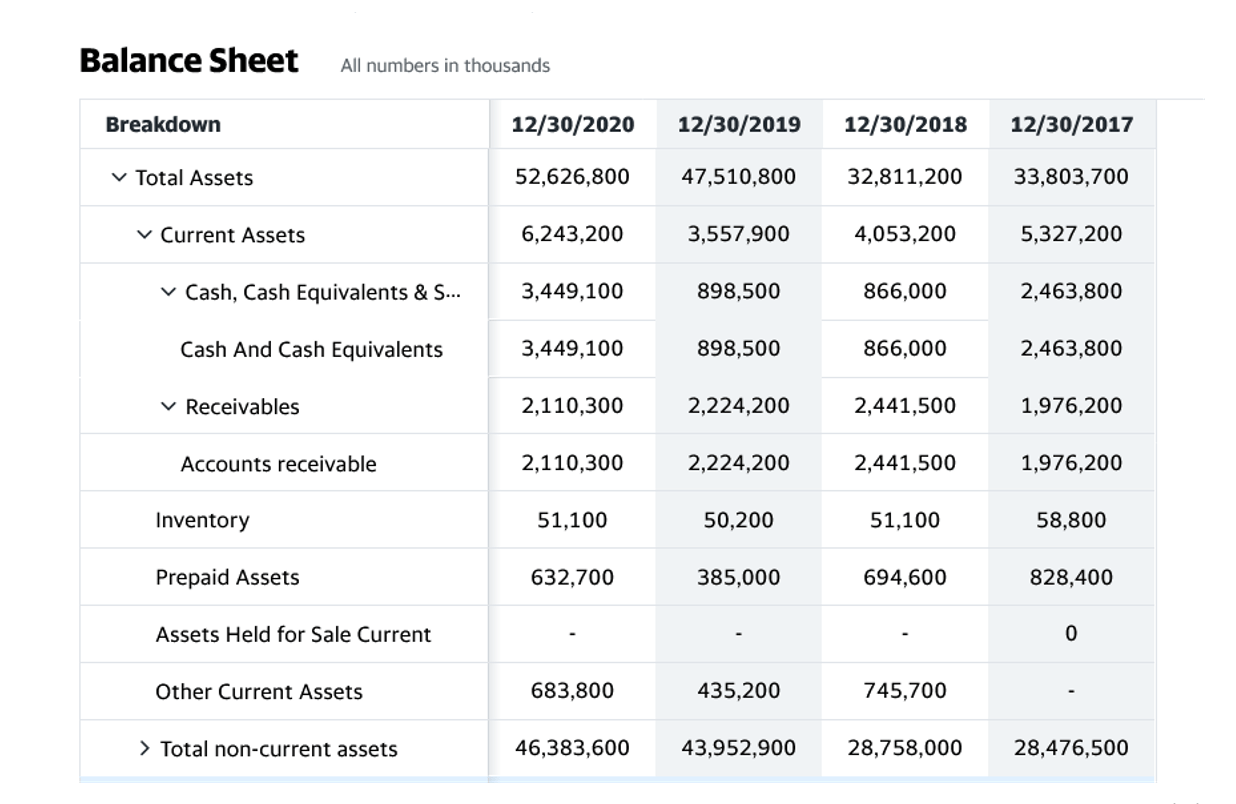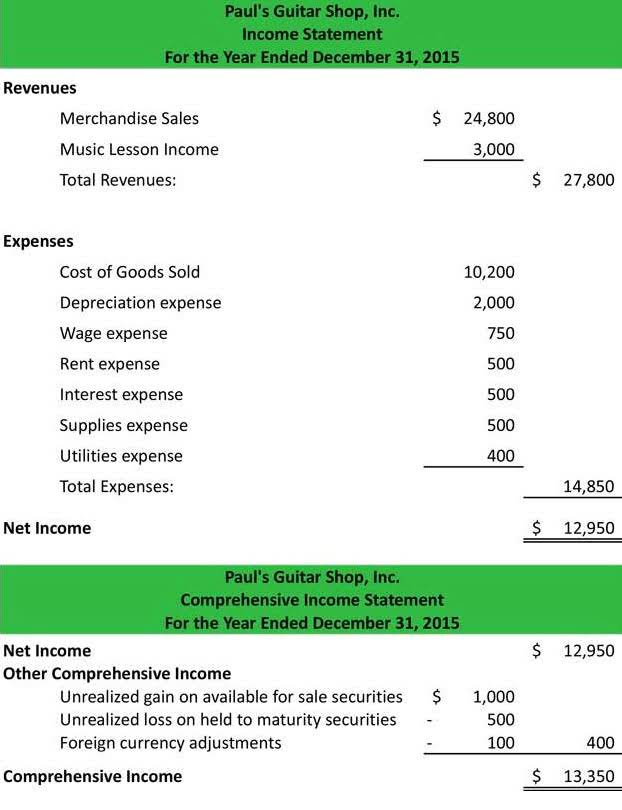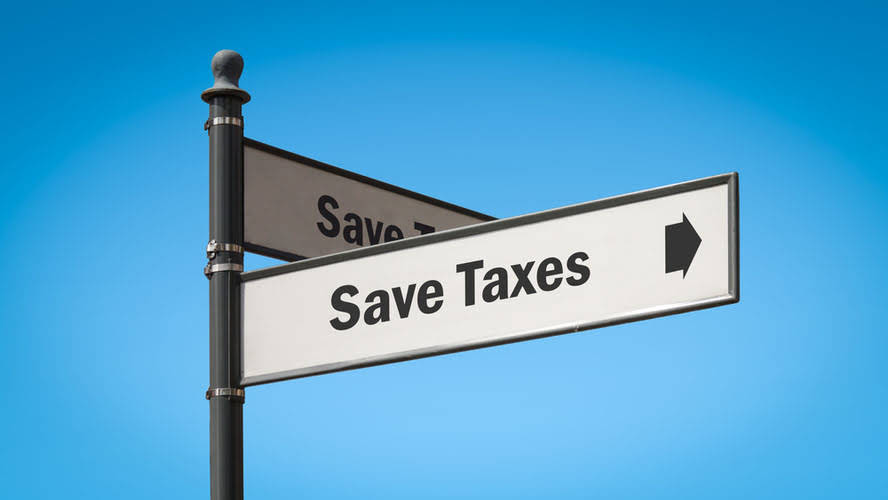This can lead to higher employee satisfaction and retention, as employees feel proud to be part of an organization that gives back to society. Nearly 70% of consumers are interested in learning how brands are tackling social and environmental challenges. At The Growth Shark, we believe that cause marketing is more than a trend—it’s a movement toward meaningful, values-driven connections that can transform both businesses and communities.
Developing a Cause-Related Marketing Strategy
The orange cluster includes “skepticism” and “international marketing”, representing a bridge between psychological concerns and strategic global positioning. “Skepticism” has been widely studied in recent years as a response to perceived insincerity in CRM efforts. “International marketing” reflects CRM’s global relevance and the need to tailor strategies across different cultural and economic contexts. These concerns align directly with Theme 2, highlighting the role of trust, authenticity, and cultural fit in determining campaign effectiveness. The authors concluded that as moral identity becomes more accessible, the intention to act prosocially grows.
Key Takeaways
- In the realm of modern marketing, the alignment of a brand with a social or environmental cause is not just a trend but a strategic move that can significantly influence consumer perception and loyalty.
- Finally, the question of future research directions in CRM highlights several gaps identified through the bibliometric analysis.
- Regular follow-ups with your nonprofit partner can also help identify opportunities for future cause-related campaigns.
- ” will become one of the most commonly asked questions by potential donors, employees, investors and business partners before entering into any relationship.
- While it’s tempting to opt for quick fixes that look good in annual reports or marketing materials, lasting change requires a long-term commitment.
This article explores the concept of cause-related marketing, its benefits for businesses, and provides insights into implementing this strategy effectively. BRANDERMIND delivers AI-powered digital marketing solutions that drive real business growth. This concept focuses on marketing strategies designed to create measurable social or environmental benefits alongside business goals. Often used interchangeably with Cause Marketing, this term specifically emphasizes marketing campaigns that link sales to charitable donations or social initiatives.
How to Implement Cause Integration in Your Business Strategy?
- This study combines citation analysis with various other bibliometric methodologies to provide more methodological depth.
- By adhering to these ethical considerations, brands can forge a path that not only enhances their reputation but also contributes to the social good in a substantive and sustainable manner.
- Cause-related marketing involves a partnership between a business and a non-profit to promote a social cause.
- In the dynamic landscape of corporate social responsibility, the progression from traditional cause marketing strategies to a more embedded approach of cause integration represents a significant shift.
- The top two articles are by Lii and Lee 47 and Gupta and Pirsch 35, with 396 and 237 total citations, respectively.
The Cone/Roper Cause Related Trends Report finds that Americans solidly and consistently support cause-related activities and that companies see benefits to their brand’s reputation, image and bottom line. Americans expect businesses to address social issues, and the acceptability of cause marketing has reached a high of 74 percent, up from 66 percent in the previous survey. Consumers’ likelihood to switch brands or retailers (66% and 61% respectively) has remained solidly consistent since 1993.
The Purpose Spectrum
It’s important to set realistic and measurable goals at the beginning of the campaign. Regularly review these goals and adjust your strategies as needed to ensure you’re on track. Customers are more likely to support campaigns that feel genuine and have a real impact. A performance marketing agency that unites brand storytelling with a strong digital foundation to create a message that truly inspires.
To ensure success in any cause marketing campaign, you must begin by aligning it to your central marketing strategy. If you go off topic, you can risk alienating your audience if it’s too far from your normal voice or messaging. Purpose-driven brands incorporate beliefs and values into the very core of their business.
Benefits of supporting local agriculture:
Cause Marketing is important because it helps brands connect emotionally with consumers, fostering loyalty and differentiation in competitive markets. Studies show that consumers are more likely to buy from companies that support causes they care about, making it a powerful tool for driving sales and brand affinity. Track both social outcomes (funds raised, people helped) and business metrics (sales, engagement). A brand partners with a nonprofit to raise funds or awareness, like a shoe company donating a pair for every pair sold. Expect to see many more AI powered discover more about cause branding vs cause marketing tools and apps in the near future with regards to the nonprofit sector. Marketing is a huge field that brings together many different approaches and processes.
It also emphasises rising interest in trust, consumer values, and global strategy. These clusters offer direction for future research by identifying underexplored intersections of culture, technology, and ethics within the CRM domain. Similarly, the Journal of Business Research ranks third with 1,322 citations (refer Table 2). It is recognised for its empirical emphasis and methodological variety, including survey-based investigations, experimental research, and model-driven analysis. It has included CRM studies related to donation framing, consumer skepticism, brand loyalty, and cultural adaptation, making it a key contributor to the empirical development of the field.
Nonprofit organizations primarily address specific societal issues or needs without any profit motive. In this campaign, Australian farmers urge consumers to buy local produce to support small businesses and help maintain Australia’s agricultural industry. These promotional efforts should be authentic and compelling and communicate the intended impact on business performance and societal issues. While CSR serves as an overarching framework for responsible business operations, cause marketing focuses on promotional activities aligning with a company’s CSR goals. Instead, they engage audiences through other means, such as online voting or social media sharing. This meant that for every product consumers purchase, companies would donate a certain amount or percentage to their chosen charitable organization.
To begin with, companies used cause marketing as a way to give back to their customers and employees. In this guide, we’ll explore everything you need to know about cause marketing and what goes into a successful campaign. We’ll dive into essential tips, digital strategies, and innovative marketing initiatives which are useful whether you’re a big business or an independent influencer. Tata Tea, one of India’s leading tea brands, launched the “Jaago Re” campaign to raise awareness about the importance of voting. The campaign’s primary objective was to encourage Indian citizens to exercise their right to vote and become more responsible citizens. Through this initiative, Tata Tea aimed to create a positive social change by urging people to be proactive in their civic duties.















